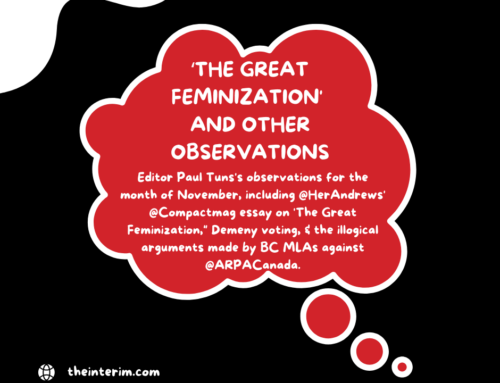To wed is to marry. But there are differences. Weddings, including related celebratory events, last a day or two. Marriages, including related blessed events, last a lifetime. This, at any rate, is the intention.
And yet couples often spend more time preparing for weddings than for marriages. Maybe that’s why failed marriages outnumber failed weddings.
When they fail, marriages usually end in divorce, whereas weddings just end. Their failure is so rare we lack a distinctive word to describe it.
Although invited to scores of weddings, I can’t recall any that failed. The marriages they started weren’t as fortunate. I’ve lost count of the number of them that failed. Maybe if more weddings failed more marriages wouldn’t.
Weddings fail when one or both principals back out. This can happen any time between mailing the invitations and exchanging vows. The most dramatic failures occur when the priest, minister or other authorized official asks for the matrimonial commitment and the answer, followed by gasps from the invited guests, is no.
Although I’ve never witnessed such a startling rejection outside the movies, my hopes rise with each wedding I attend. In my settled life, there are few opportunities to gasp. Hearing a bride or a groom declare “I don’t” instead of “I do” or “I won’t” instead of “I will” would be a splendid one. Oh, I used to gasp when marriages failed, but divorce has become so common my gasp reflex is immune to it.
As a Catholic, I believe with the Church that divorce can’t end valid marriages. Only death can. Not that we recommend it for relief from marital woes. We’re pro-life. But we consider marriages indissoluble and divorce a plague. So we’d like society to limit it.
Invalid marriages are another story. Annulments can end them and you don’t have to die to secure one. If you think you qualify, you just have to get a civil divorce and apply. Once relatively rare, annulments have increased exponentially with a broadening of grounds to include psychological disorders. Liberals defend the increase as a compassionate solution for Catholics at odds with the Church over divorce and remarriage.
Which poses a dilemma. If we limit divorce, it won’t be available to many who might qualify for annulments. If we don’t limit divorce, annulments may continue unabated, but so will the plague.
Should limits prevail, liberal Catholics might some day find themselves lobbying for easy divorce to ensure permissive annulment. Plague be damned.
On the other hand, maybe reason will prevail and we’ll be broad minded enough to narrow the grounds for both.
Children, the usual product of marriage, can’t tell the difference between divorce and annulment. It doesn’t matter. They don’t like either. As far as they’re concerned the results are the same. Breaking up a family may seem like a compassionate solution to parents. It doesn’t to children. I guess, being children, they’re too self-centred to know what’s good for parents.
Wedding customs fascinate me. Marrying in Lent, for example, used to be avoided. Couples considered it bad luck to exchange vows during a season of abstinence. Hence, the ancient wisdom “Marry in Lent, live to repent.” However, this conflicts with the even more ancient wisdom “Abstinence makes the heart grow fonder.”
It is traditional for the father of the bride to give her away. If the couple divorces, it is not traditional for the groom to give her back. But it would make for a compelling ceremony if it were.
Guests, especially women, often cry at weddings. I don’t. I cry at divorces. Oh, I’ve cried over my children’s weddings, but only after I tallied the bills.
The nuptial tears start flowing when the processional march ushers in the bride. Sobs continue intermittently until the recessional march ushers out the bride and groom, and spirited guests douse them in rice or confetti to symbolize fertility. Later, mischievous guests tie tin cans to the back of the wedding car to ward off evil spirits. This has little effect on the spirits imbibed by the mischief makers.
Following the toasting and roasting at the reception, the bride tosses her bouquet to the single female guests. Wedding folklore suggests that the one who catches it will be the next bride.
Not to be outdone, the groom tosses the bride’s garter to the single male guests, preferably after removing it from her leg. Wedding folklore suggests that the one who catches it will be the next groom. Some authorities have the bride-and groom-elect marrying each other. If so, their union should provide plenty of grounds for annulment.
When newly married couples arrive home, it is customary for the groom to carry the bride over the threshold. Curiously, feminists seem uninterested in making it customary for the bride to carry the groom over the threshold. If women can serve in combat, why not?





